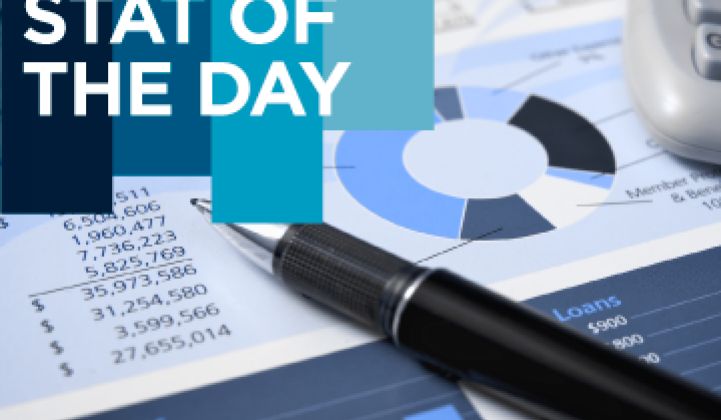Education, education, education. It’s a common refrain in smart grid circles around the issue of how to bring consumers along as utilities invest in smart grid using ratepayers’ money.
But when it comes to basic energy efficiency upgrades, a recent Harris poll found that Americans are still largely apathetic to making changes in their energy use. Whether that is from a lack of knowledge, time, interest or willingness, utilities have a long way to go.
Only 13 percent of respondents said they were very likely to install an energy dashboard to monitor home energy use. Another 35 percent said they were somewhat likely to do so, showing that there could be some interest out there -- but that’s still less than half of the 2,056 people polled in an online survey.
Of course, the question leads to other questions. What does “install” mean? Is that turning something on, or is it an actual installation, like a do-it-yourself smart thermostat?
On the subject of smart thermostats, less than half of those polled -- 37 percent -- have installed a programmable thermostat. Not that it matters, since the percentage of those who correctly use their programmable thermostats is far lower than that.
New technology could help change those numbers. From the media [not this Media - ed.] darling Nest thermostat to the fully automated EcoFactor software-as-a-service system, there are increasing numbers of alternatives in the marketplace that are far more functional than the first generation of programmable thermostats.
In many ways, the questions were not designed to extrapolate meaningful interaction. One question asked participants: "If you were allotted a maximum amount of energy for daily use that varies during peak energy usage periods, would you prefer to manage that energy distribution yourself (assuming appliance use and time-of-day use) or would you prefer to have your utility cycle appliance use to keep you in compliance?"
Unsurprisingly, nearly 70 percent of participants said they would prefer to manage their own energy use, and only about 10 percent would prefer to have the utility manage it.
Of course people don't want a utility to have carte blanche in their homes. Instead of taking the control from the homeowner, most critical peak pricing programs for residents will almost surely be voluntary for individuals in the foreseeable future. There simply isn’t the technology available in most homes today for a utility to cost-effectively go around turning off lights and computers. As for HVAC, there are various technologies that allow people to enroll in demand response while still maintaining some degree of control. Maybe you allow the utility to turn your AC up a few degrees, but not ten.
Other upgrades are obviously driven by utility incentives and legislative mandates. Forty percent of people in the water-constrained West have installed low-flow faucets, compared to just a quarter in the East and Midwest.
Only about one in 10 Americans had done a whole-home energy audit, which is also not surprising given the fragmented retrofit space and the lack of knowledge about what’s available in terms of government and utility incentives. Recurve, which was trying to serve the residential retrofit market, was recently sold to Tendril because of the slow uptake for its product.
Many of the answers show that the role utilities play, both in how they present options to customers and the incentives for participation, are critical in uptake.
Another recent survey by the American Council for an Energy-Efficient Economy found that utilities' energy efficiency programs can yield huge savings, or absolutely none at all. The secret sauce is not necessarily real-time or not, but how engaged customers are when they enroll and how much carrot vs. stick was presented.
Savvy utilities are taking notes. Oklahoma Gas & Electric, which will roll out Silver Spring’s CustomerIQ portal and Energate smart thermostats to 150,000 customers over the next few years, is just digging into exactly which customers those should be. Some will be homes with high loads, such as pools, but the utility is also looking for a broad swath of the customer base to participate.
It’s a delicate balance, and one that requires utilities to start by segmenting their customer base to better understand who will target, and be enticed, by energy efficiency programs. Although education campaigns around smart grid and efficiency have been going on for some years, segmentation seems to be a trend that has only settled in with some of the more progressive utilities in the past year. It is a slow process, as any new program tends to be with utilities, and it could be years before segmentation gets broad uptake to push efficiency into the mainstream.



